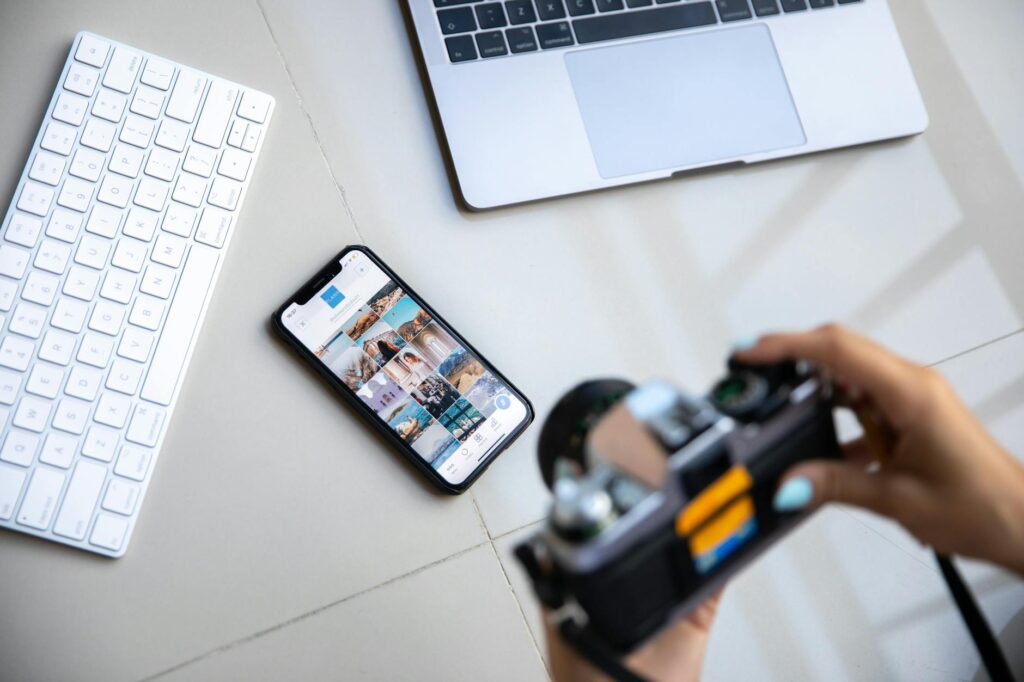What is preventing digital burnout?

What is preventing digital burnout?
In an increasingly connected world, digital burnout has become a common term, but what exactly does it mean? As we navigate the realms of social media, emails, and endless notifications, understanding and preventing digital burnout is crucial for maintaining productivity and mental health. This article will explore the causes of digital burnout, its symptoms, and effective strategies to mitigate its impact.
Understanding Digital Burnout
Digital burnout refers to a state of physical and emotional exhaustion that arises from excessive use of digital devices. It’s not just about feeling tired; it encompasses a range of negative feelings, including anxiety and diminished interest in your work or daily activities.
Definition and Symptoms
Digital burnout manifests in various ways. Common symptoms include:
- Chronic fatigue: Feeling drained despite getting enough sleep.
- Irritability: Increased frustration over minor issues.
- Lack of motivation: A drop in enthusiasm for tasks you once enjoyed.
- Sleep disturbances: Difficulty falling or staying asleep, often due to late-night screen exposure.
These symptoms can creep in slowly, making it hard to recognize until the situation becomes overwhelming. For a deeper understanding of how digital burnout affects mental health, refer to resources like McLean Hospital.
Common Triggers
Several factors contribute to digital burnout, including:
- Excessive screen time: Spending too many hours in front of screens, whether for work or leisure.
- Information overload: The constant influx of information can be overwhelming, leading to mental fatigue.
- Lack of breaks: Not taking sufficient time away from screens can exacerbate feelings of burnout.
- Work-life imbalance: Blurring the lines between work and personal time due to remote work dynamics.
Understanding these triggers is the first step toward preventing burnout. For insights on specific triggers and their effects, you can check out the article on digital burnout signs.
Strategies for Preventing Digital Burnout
Now that we have a grasp of what digital burnout is, let’s explore actionable techniques for avoiding it.
Setting Boundaries with Technology
Creating boundaries around technology usage is vital. This means:
- Designating screen-free times: Establish specific hours during the day when you unplug from all digital devices, such as during meals or before bedtime.
- Limiting notifications: Reduce distractions by turning off non-essential notifications. This allows you to focus on the tasks at hand without constant interruptions.
A powerful way to set these boundaries is to use tools and apps that help manage your digital interactions. For more tips on this topic, see Simple Steps: Preventing Digital Burnout.
Incorporating Breaks and Downtime
Regular breaks are not just a luxury; they are essential for mental clarity. Consider these strategies:
- Pomodoro Technique: Work for 25 minutes, then take a 5-minute break. This method helps maintain focus while allowing for necessary downtime.
- Engage in offline activities: Swap screen time for activities like reading a book, going for a walk, or practicing a hobby. This not only recharges your mind but also fosters creativity.
Taking time away from screens enhances productivity and reduces the risk of burnout.
Mindfulness and Digital Detox
Mindfulness practices, such as meditation or deep breathing, can significantly alleviate stress. Here’s how to integrate mindfulness into your routine:
- Daily meditation: Spend a few minutes each day focusing on your breath, which can help center your thoughts and reduce anxiety.
- Digital detox: Designate specific days or weekends to go completely offline. Use this time to reconnect with nature or indulge in non-digital hobbies.
Incorporating these practices fosters a healthier mindset and helps combat the effects of digital burnout. For more on digital detox, you can explore digital burnout and mental health.
The Role of Social Support in Preventing Burnout
Social connections are crucial in mitigating the feelings of isolation that often accompany burnout.
Building a Supportive Network
Cultivating strong relationships with friends, family, and colleagues can provide a much-needed support system. Here are some ways to build a supportive network:
- Regular check-ins: Make time to connect with loved ones, whether through a phone call or a coffee date.
- Join groups: Engage in community activities or online forums that align with your interests. This can help foster connections and provide camaraderie.
A supportive network can alleviate stress and contribute to a sense of belonging.
Seeking Professional Help
If you’re feeling overwhelmed, don’t hesitate to seek professional help. Therapy or counseling can provide valuable insights and coping strategies. Many therapists specialize in burnout and can guide you through developing effective personal strategies.
Maintaining a Balanced Digital Lifestyle
Creating a healthy relationship with technology is essential for long-term well-being.
Choosing Quality over Quantity
Be selective about your digital content consumption. It’s easy to get lost in endless scrolling, but focusing on quality interactions can be more fulfilling. Here’s how to do it:
- Curate your feeds: Follow accounts that inspire and motivate you. Unfollow those that invoke negativity or stress.
- Limit news consumption: Stay informed but avoid getting bogged down in constant updates that can heighten anxiety.
Establishing Healthy Routines
Integrating healthy habits into your daily routine can combat burnout. Consider these tips:
- Exercise regularly: Physical activity is a natural stress reliever and can improve your mood.
- Prioritize sleep: Aim for 7-9 hours of quality sleep each night to help your body recover.
Establishing a routine that supports your well-being can make a significant difference in your overall mental health.
Conclusion
Preventing digital burnout is essential for maintaining not only productivity but also mental health. By understanding its causes and implementing practical strategies, you can cultivate a balanced digital lifestyle. Remember to set boundaries, incorporate breaks, and foster social connections. Start today by assessing your digital habits and making adjustments that enhance your overall well-being. Your mind and body will thank you.

Photo by Plann